RBNZ rate decision is a major focus in the upcoming Asian session. It’s widely expected to keep OCR unchanged at 1.75%. There is little to practically no chance of a surprise. The question is on how RBNZ view the sharp slow down in CPI to 1.1% in Q1. The reaction of NZD would very much depend on how dovish the new governor Adrian Orr is.
Take a look at NZDUSD Action Bias table, D row shows it’s clearly in a down trend. However, 6H Action bias suggests that downside momentum is unconvincing. Adding to that, there is a few bard of upside blue H row, arguing that it’s in a rebound.
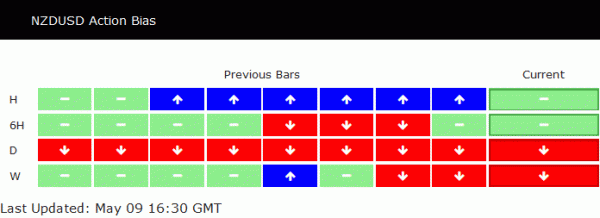
Take a look at the 6H Action Bias chart, it’s apparent, even with eyeballing, that the decline since mid April is losing momentum. The so many neutral bars since late April is consistent with this view. So, is it ready for a rebound?
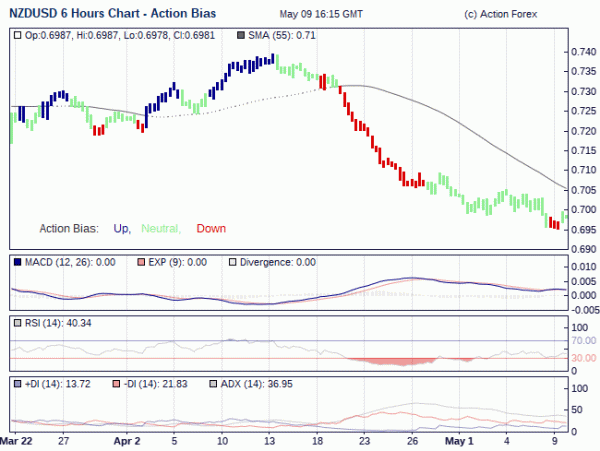
Take a look at the regular bar chart, we see that NZD/USD reached as low as 0.6947 earlier today. It’s now close to 161.8% projection of 0.7436 to 0.7152 from 0.7394 at 0.6934. Bullish convergence is seen in 4 hour RSI. There is possibility of bullish convergence in 4 hour MACD too. So, this is a good candidate for counter trend, or reversal trading.
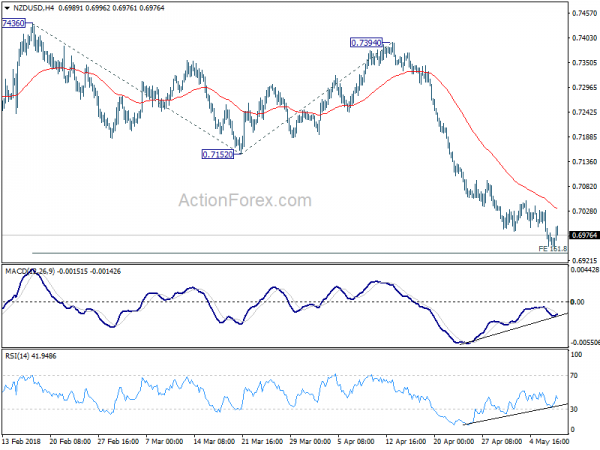
We’d like to emphasize that the exact strategy is very personal. It has to suit one’s temperament. Some traders like to catch tops and bottoms. Some traders like to grab quick profits on swing trades. Some like scalping. Some like to hold a position for a few weeks or more. While the strategies vary, the analytic process, to us, is pretty much the same. It’s about deciding what to trade first, then see if it fits our style. To us, it has to be the “style” first, then “what”, before “how” the actual system.
That is, for those who like counter trend trading (style), NZDUSD (what) is a candidate. And how? We’ll buy on next dip, with a tight stop below 0.6934 projection level at 0.6900, target 0.7152 support turned resistance, and get out earlier if momentum of the rebound is weak. Other traders could have their own way based on their temperament.




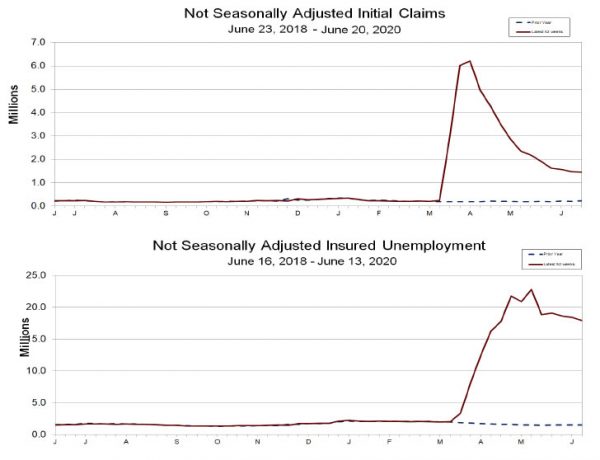

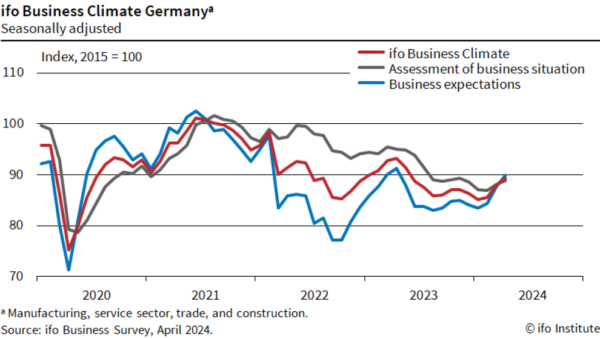
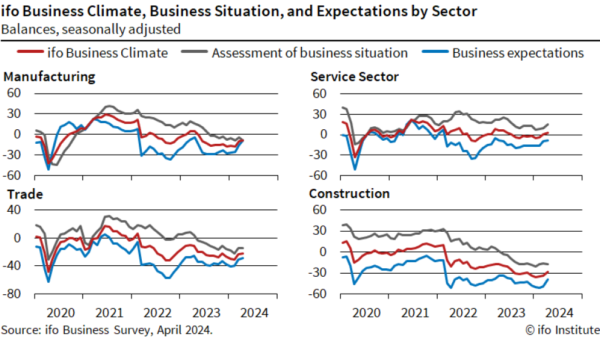
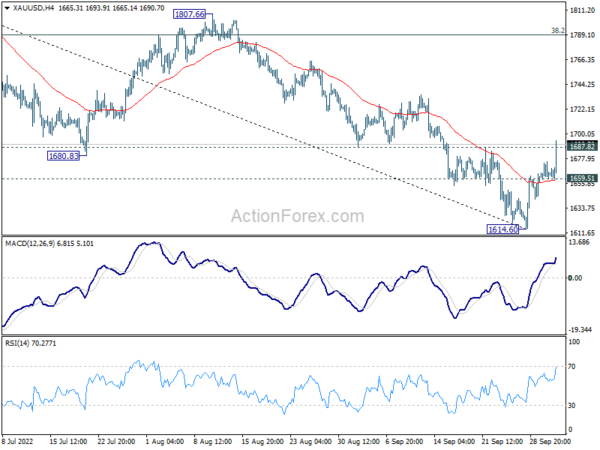
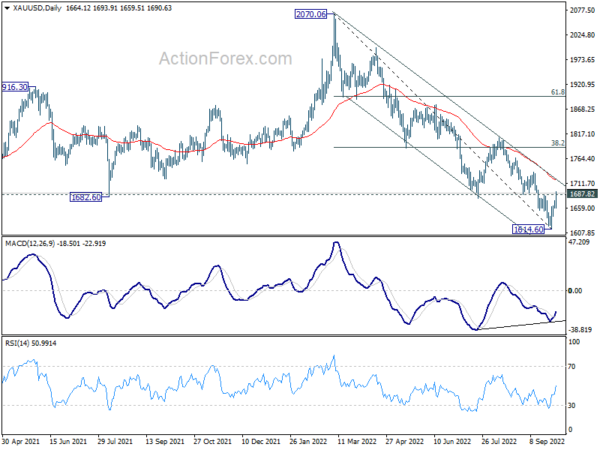
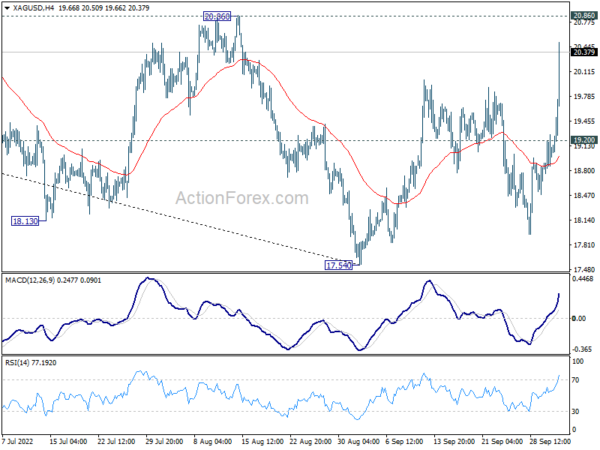
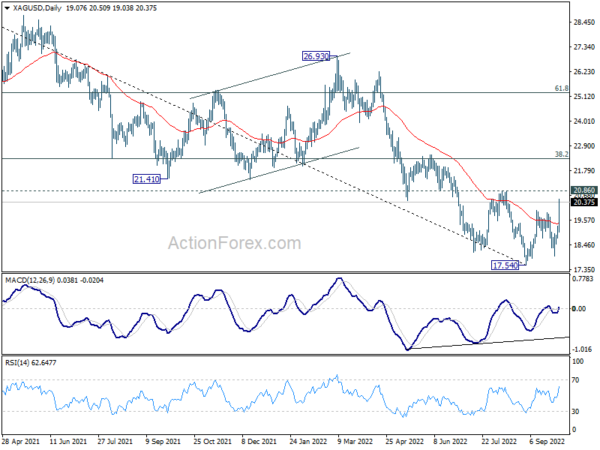
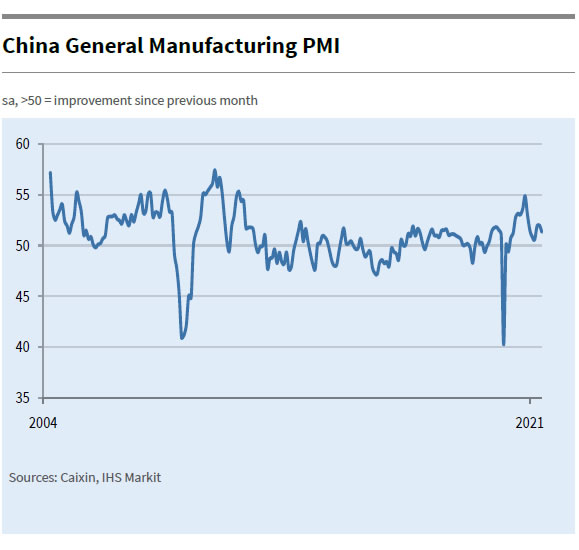
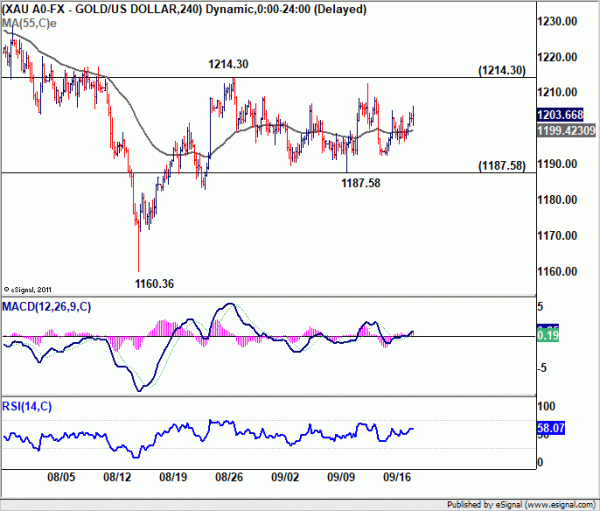
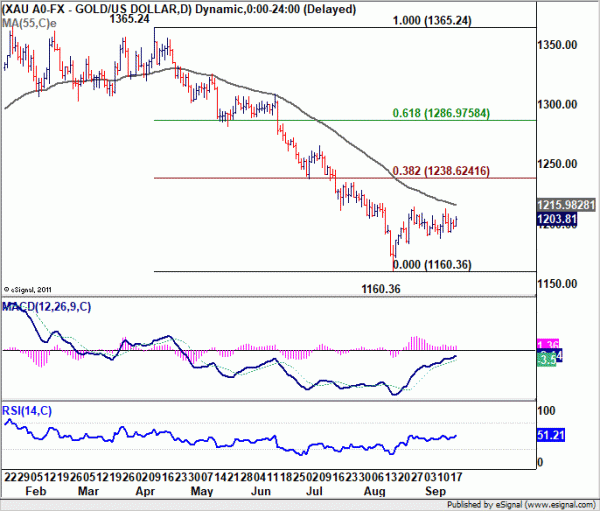
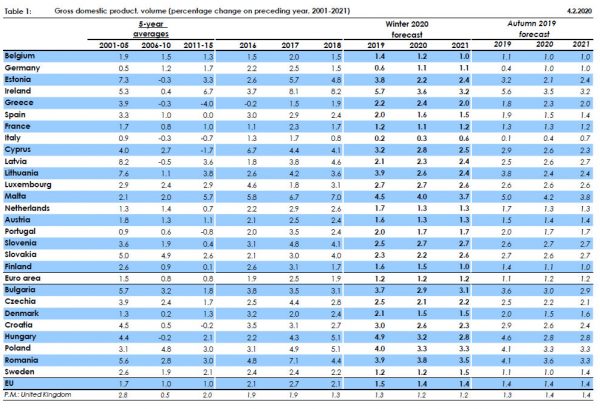
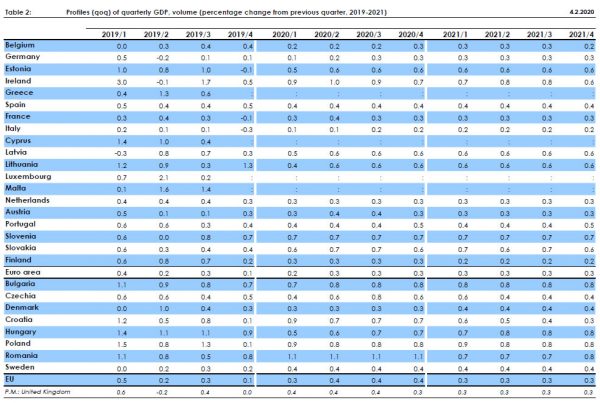
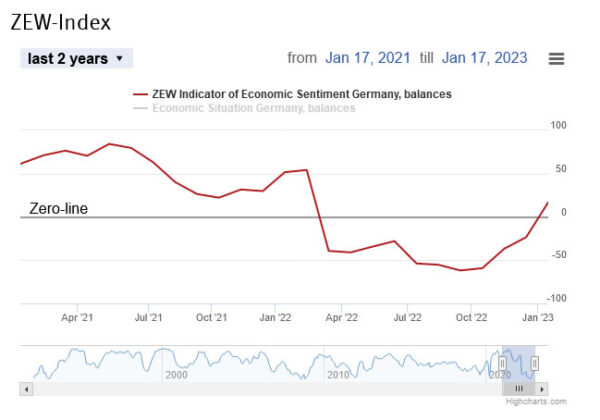
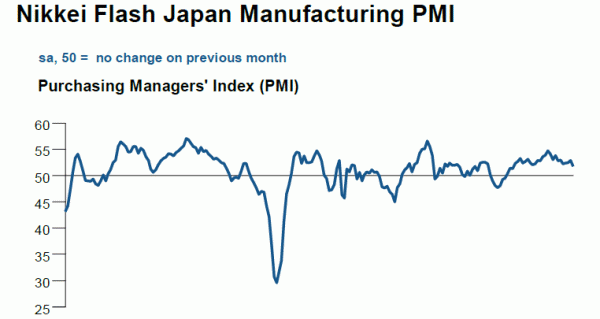



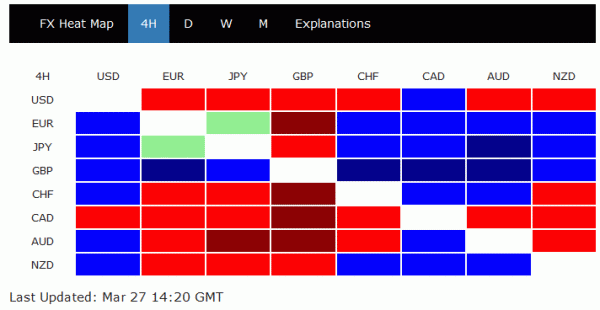
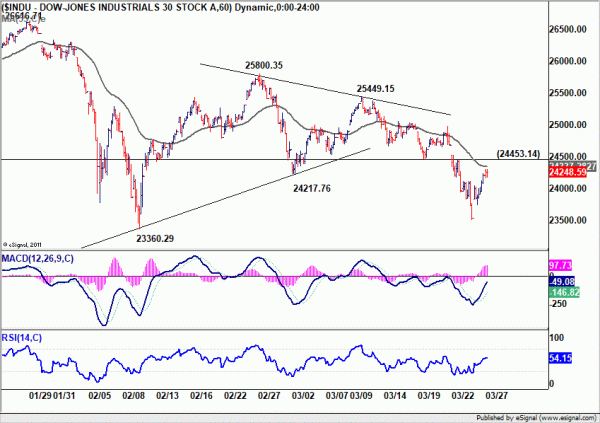
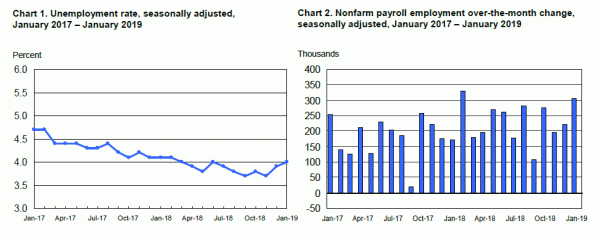
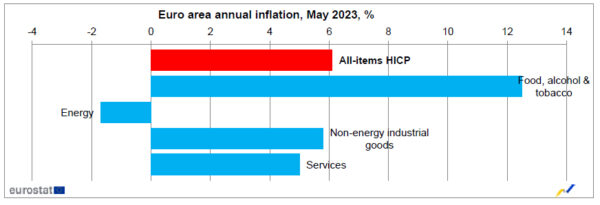
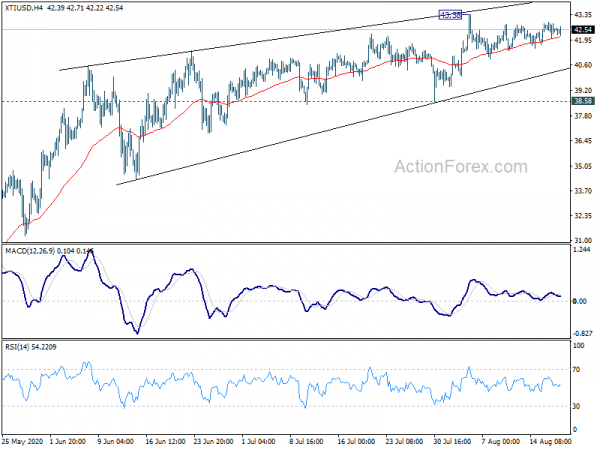
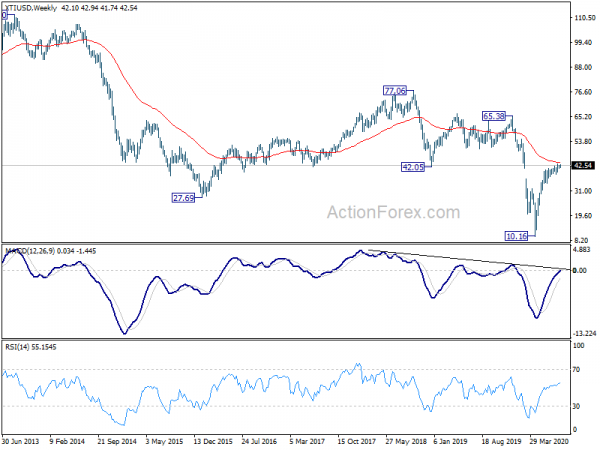
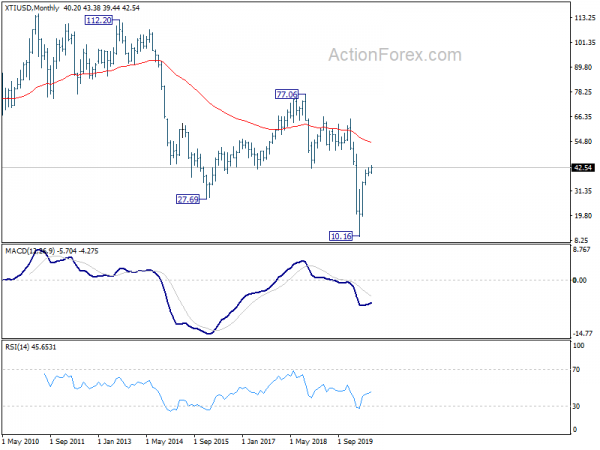
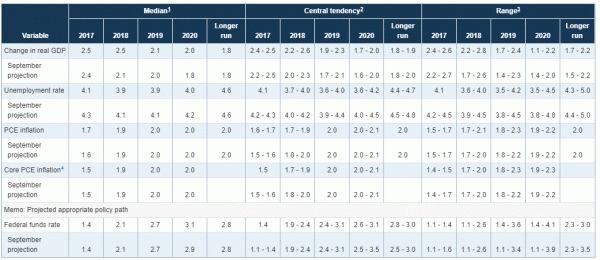
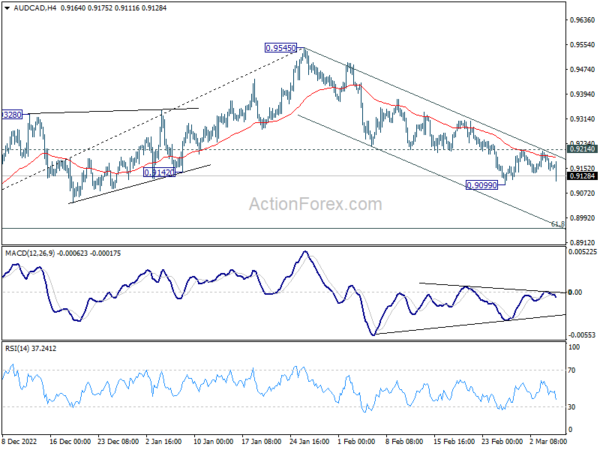
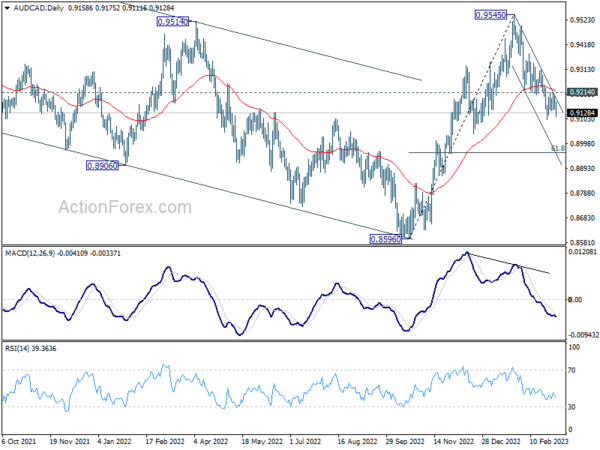
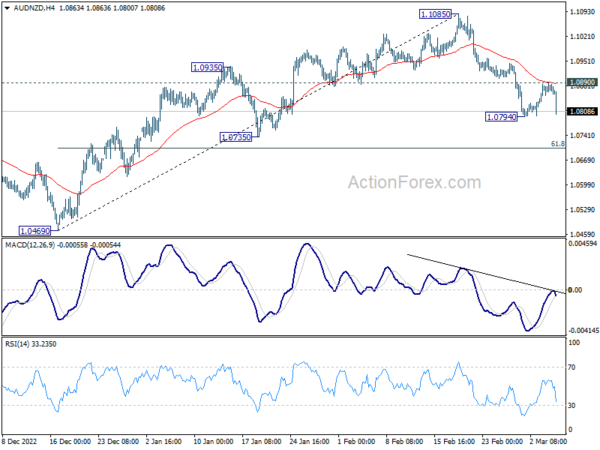
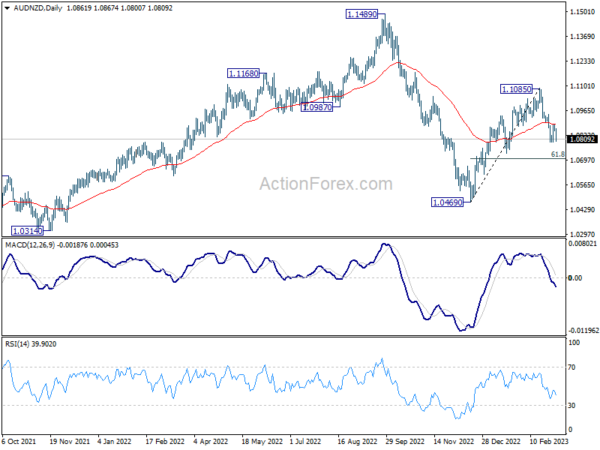

Eurozone PMI composite rose to 59.2, 15-year high
Eurozone PMI Manufacturing was unchanged at 63.1 in May, above expectation of 62.1. PMI Services rose to 58.0, up from 55.2, above expectation of 57.6, and a 41-month high. PMI Composite rose to 59.2, up from 57.1, a 180-month high.
Chris Williamson, Chief Business Economist at IHS Markit said:
“The eurozone economy is booming at a pace not seen for 15 years as businesses report surging demand, with the upturn becoming increasingly broad-based, spreading from manufacturing to encompass more service sectors, especially consumer-facing firms.
“Virus containment measures have been eased to the lowest since last September and are set to be reduced further in July to the lowest since the pandemic began. Vaccination programmes are also making impressive progress. This has not only facilitated greater activity in the service sector in particular, but the brightening prospect of life increasingly returning to normal has also pushed confidence to an all-time high, fueled greater spending and encouraged hiring.
“The data set the scene for an impressive expansion of GDP in the second quarter to be followed by even stronger growth in the third quarter.
“However, the strength of the upturn – both within Europe and globally – means firms are struggling to meet demand, suffering shortages of both raw materials and staff. Under these conditions, firms’ pricing power will continue to build, inevitably putting further upward pressure on inflation in the coming months.”
Full release here.